Rheumatoid arthritis is not uncommon in elderly people but it’s possible to slow its progress or reverse it. A chronic disease, rheumatoid arthritis can cause joint and muscle pains which come and go in an unpredictable way. One day you can feel fine and the next you can feel severe pain in your joints or muscles.
1. Massage to Reverse Rheumatoid Arthritis
Massage with sweet-smelling oils is a great way to reduce stress. It’s particularly effective if you have a flare-up of joint pain. Receiving massage regularly will help you send your arthritis into remission.
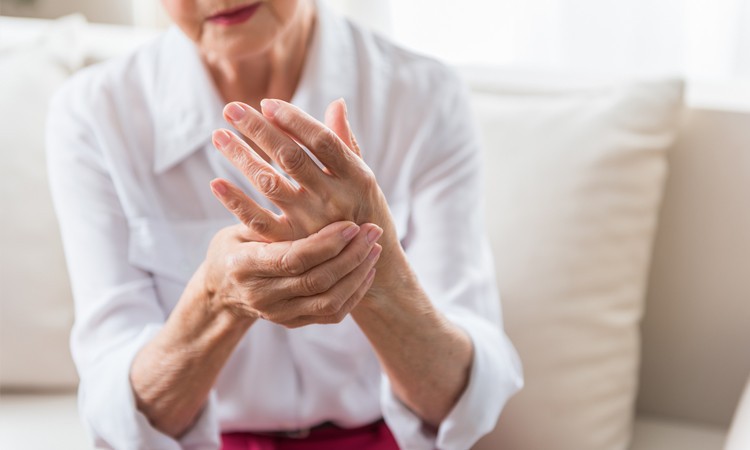
2. Exercises and physical therapy
One of the main proven treatments to reverse rheumatoid arthritis is exercises and physical therapy. It’s safe and effective when done properly, and under the supervision of a physical therapist. It can build up your strength to help you better control and manage your joint or muscle pain.
Physical therapy can be active or passive and both kinds can help ease any flare-ups. Passive therapy is when someone else, such as a therapist, does most of the work, as in massage. Active therapy is when you do most of the work such as in muscle-strengthening exercises.
Remember, though, that it’s important that you to talk to your rheumatologist before starting such treatments to reverse rheumatoid arthritis.
Gentle exercises, such as walking, swimming or yoga, can be beneficial in alleviating pain and building up your muscle strength. Exercise helps deliver oxygen to the joints, brain, and muscles and has the added advantage of making you feel good.
As with any physical therapy, talk to your doctor first to ensure that you don’t do yourself any harm.
3. Probiotics to Reverse Rheumatoid Arthritis
As with most ailments your diet is very important. Probiotics are living microorganisms and provide health benefits when taken in the right amounts. They help colonize your gut with health-friendly bacteria. You find them in a range of different foods such as yogurt, kefir, sauerkraut, tempeh and kimchi.
One type of probiotic is kombucha, a fermented mixture of yeast and bacteria taken in the form of a tea. Certain types of yeast can also act like probiotics. That’s because different probiotics address different health conditions. Talk to your nutritionist or doctor. They also need to ensure that that they don’t react with any medication you may be taking.
Supplements can also contain probiotics (not be confused with prebiotics—dietary fibers to promote a healthy gut). Some supplements contain a range of different probiotics. Again, seek advice from a nutritionist if you want to reverse rheumatoid arthritis.
4. Other Supplements and Magnesium Oil
These include joint supplements which can help and are beneficial for the joints. Common joint supplements that may assist you include glucosamine, chondroitin (a building block of cartilage) and the well-known pain reliever, turmeric.
Magnesium oil is a mixture of magnesium chloride flakes and water. Rheumatoid arthritis sufferers have been found to benefit from its application to painful joints.
Apply magnesium oil regularly if you want to reverse rheumatoid arthritis.
Relieve Pain
Hot or cold compresses or packs can also help relieve rheumatoid arthritis-related aches and pains. Headaches, for example, can be treated by applying a hot or cold pack to the neck or forehead. Likewise, people who have had surgery can benefit from such treatments.
Pain in joints and muscles can occur in the hip, knee, back, shoulder or feet. Hot or cold packs are easily applied to these areas and are a safe and effective pain reliever.
Haym Salomon Nursing Home & Rehabilitation Center in Brooklyn NY has a range of equipment and techniques to reduce pain and slow or reverse rheumatoid arthritis . We also have experienced physical therapists well versed in the appropriate techniques to assist sufferers. Contact us for a visit and to find out how we can help you treat and care for your arthritis.
This content comprises informative and educational resources only and can not be considered as a substitute for professional health or medical guidance. Reliance on any information provided in this article is solely at your own risk. If you have any inquiries or apprehensions about your medical condition or health goals, talk with a licensed physician or healthcare provider.

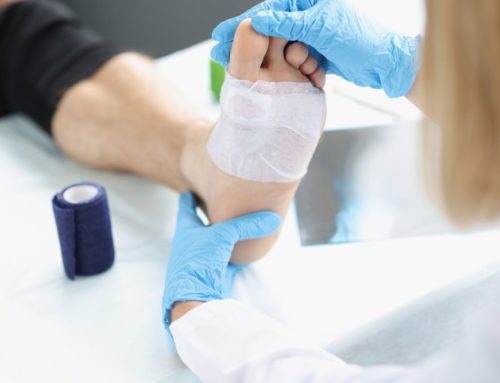
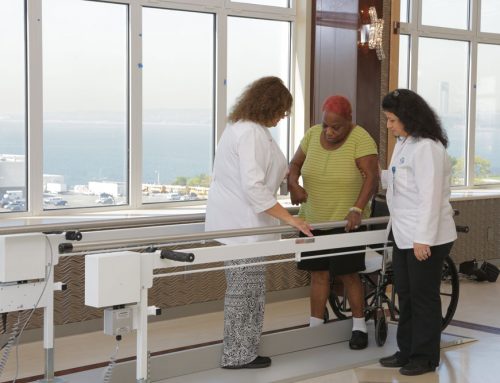

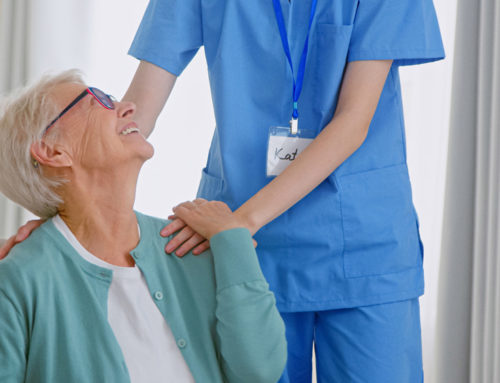
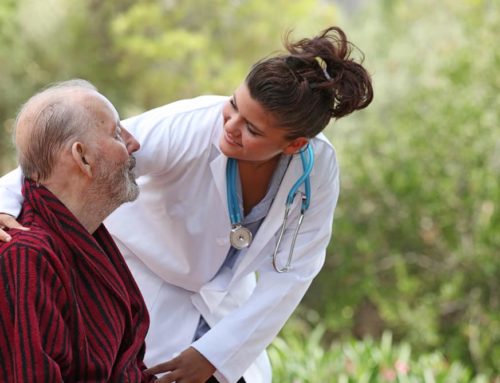
Wonderful! This has been a really informative post. Thank you for sharing this information. looking forward to more posts.
Thanks for useful information.
Very useful information… I am trying to reverse my RA naturally, as the DMARDS I was taking (for over four yrs) did not help. They caused all kinds of reactions that really affected my mental health. Never gonna take another Big Pharma medication. I have been experiencing good results with changing my diet and taking natural supplements. Awesome share! Thank you.
What supplements have you had success with.?
Could you please let me know what changes helped you reverse your condition?
May I ask what you are using? I am trying to figure it out and am struggling. I have RA, Osteoarthritis and fibromyalgia. Of course my Dr. Is no help with that only pushes pharmaceuticals.( in search for a diff doctor too) I realize everyone is different but a starting point would be helpful. Thanks.
I have stopped all meds and trying to heal myself with food and supplements. I can tell you it’s not easy but I will keep trying. The pain at times is quite severe, although it’s slowly getting better.
Hi can we talk about RA
I was diagnosed with arthritis in the neck in June and I gave some advertising from a magazine and he frown it.I am going to the local Walgreens store and see what supplements they have. I also have gastrophesis, that might link the gut health and the arthritis
A holistic approach. And that’s diet and supplements. 🙂
Thanks for sharing
Hi I’m Deva, having RA for more than 5years, the DMARD , MTX, doesn’t reduce my symptoms much eventough my Dr keeps increasing the dosage. Pls recommend me some tips which has helped you. I’m in pain even now. Hope to hear from you soon.
Thsnks
Tumeric and ginger at health food store really helps with flare ups!!
What kind of natural infusion would you recommend? We have a few infusion clinics close by. Thx
Im just new to RA I really don’t like being on methorexing has anyone as just stopped my rate is 14 in one hand at moment would love some advice 🤔
Hi my name is Paula
I have been on medication for over 5yrs and it’s not help, it only causes other problems that I did not have before. The doctors just keep adding more and not listing when you tell them it’s not working. The side-effects is terrible, I am know feeling the pain in my back and ribcage. Please, please give me some suggestions on natural I can use to help myself, I am tired of the meditations and the bad feeling. Can not enjoy any forms of life.
Thank you for reading my email
I was diagnosed with RA approx 5 yrs ago. After being on Metroxtrate the first 3 to 4 yrs I was 85% pain free, but now that my body is use to the medication it not as effective. What I come to realize is that my diet and stress has the biggest impact on my body. Therefore, I’m trying eat the foods that help eliminate inflammation . And I try to live a stress free lifestyle. Of course I have God to help me in all areas of my life. As I type this message, I can honestly say “Im pain free, happy, hopeful and filled with joy” May God bless all who read this message and give you a pain free body. Amen 🙏🏽
I am quite surprised to read anything/comments about using supplements or topical products to REVERSE R.A. I have had jra for 50 years now, and with having 4 ra specialists, through that period, they have mentioned that there is nothing that can reverse ra!! Medications are needed to stop the progression of joint damage. Using supplements/oils most likely relieve pain and make one believe that they are reversing their ra, but that hasn’t been proven. These things do not stop joint progression, medications do that.
A healthy lifestyle with anti inflammatory diet and exercise does help also removing toxins and allergens to put your body in the healthiest condition possible . Medication isn’t the answer for everyone. Especially if your allergic to it’s components . God bless to all that are suffering with this . Always question what you put into your body ! I found out I have a fluoride allergy as well as several food allergies once I removed them and added in lots of vitamins I am doing much better. Staying positive is key! As far as drs saying there is nothing to reverse or help well why would they want you to know that you can heal yourself.
It’s the inflammation that causes the destruction of the joints. Supplements such as ginger and magnesium oil help bring down the inflammation thus reducing the destruction of joints. Diet also helps by eliminating inflammation causing foods like sugar, wheat.
Great information I really enjoyed reading and it was very helpful and the fact that you didn’t have to go through a whole bunch of other pages to read it very helpful I like it
I really enjoyed reading an honest, accurate approach to RA. Medications cannot and will not fix RA. They just cover the symptoms and ultimately make it worse by negatively affecting other organs. I have found that gut health through pro and probiotics have helped with inflammation. Beta Glucans is a good one to add to any regimen. Other supplements that can aid are Quercetin and Boswellia. Both work to naturally suppress cytokines that increase inflammation. Of course, most MD’s won’t support a natural approach, because their training is in big Pharma as a solution. The truth is the we need to look at the life style and diet of those in the “blue zones” to see what true healthy living is. They have the real Rx on how to achieve health, longevity and a higher quality of life.
Anytime you can reduce inflammation you’ll reduce damage
hi I have very high RH levels, was going to my doctor for 20 years, than he says none of the meds worked and he could not do anything more for me. I recently went to an orthro doctor who saw my high test levels and gave me a refferral for another Ra doctor. I think thats crazy, I went down that road already. Iam going to try a GBOMBS diet. No more Ra doctors for me. can you adviseme on a diet? thanks
Only medication and healthy lifestyle all together will help you to conquer the disease. Medications are stopping the joint damage and keeping control of inflammation. Try different doctors, no sweets and junk food, be active and positive. Supplements are good, but don’t risk your health, go to professionals. Good luck everybody.
Thank you. This was helpful. I read one article that suggested cognitive behavioral therapy. This is the biggest lie. The pain is real not imaginary and has a cause, my mental health is not it. So sick of medical “professionals” who throw big pHARMaceuticalS at their patients like it an answer.
Find an actual professional and good luck cause there are a lot of quacks out their that are just glorified drug dealers.
So good, educative. I am already fine with this information.
Thank you everyone in comment.
This was very informative, thank you, I’m new to RA this is no joke, I had a flare up and could not use my hands, Doctor gave ma a cortisone injection, pain a little better, I can not drink a lot of meds as I had two bleeding stomach ulcers, this make it difficult. The info that I read here will definitely help, will try and get it under control with healthy eating, supplements and exercise. Thank you.
Thanks guys for all the encouraging posts. I took meds for 5years without any change untill I decided otherwise. I will certainly go on with exercising, health eating and natural remedies plus taking plents of water.
Thank you for a different take on dealing with the symptoms of RA and the optimism of being able to reverse them. This condition is not for “sissies”. It’s isolating, painful, exhausting and needs multiple changes in lifestyle. You need to learn to be selfish and put your needs first or rather what your body needs. There are good days and bad days. I was recently diagnosed after a gruelling 8 month period of trying to figure out what was wrong having numerous tests done and visiting a mulitude of specialists. RA is not always easy to diagnose, it needs to develop over time. At its worse I couldn’t pick up my glass to take a sip of water or comb my hair. Raynaud’s which accompanied the condition meant that most of those months I spent sleepless with my arms raised in the air waving them frantically to reduce the numbness, tingling and pain in my fingers. Luckily for me I stumbled upon a video by a woman who had also had the condition and had alleviated the symptoms with cold showers. All my life the only showers I had ever had were boiling hot. I started having them twice a day=once in the morning and once before bedtime. They helped reduce the pain.and inflammation.One of the rheumatologists I visited mentioned that acupuncture helped so I started visiting a qualified medical acupuncturist daily for over a month. My mobility improved and I could raise my hands above my head and begin caring for myself and my family. I have also been on a special no sugar no carb diet and have lost 15 kilos, but I’m on the thin side now. I do homeopathy as well. In fact the first thing my homeopath did was recommend a book “When the Body says No’ by Gabor Mate in which he basically states that people who suffer from autoimmune conditions are simply too nice. I take supplements and probiotics daily and have even started psychotherapy to deal with the grief of having to give up things I enjoyed, like mountaineering. I also do intermitten fasting . A week ago I was put on Methotrexate on a dosage taken over 2 days to reduce GI side effects . I am waiting to see how that goes.I believe your number one priority is having a network to support you and people willing to listen. For me this chat on this website is invaluable because we were able to share our stories. However.we need to be careful not to allow RA become the thing that defines us. Sprituality can help but only if this is something that is already important to you. An exercise regime is important and the next thing I will be adding to my daily regime.
There is no single path to healing your life. Each person’s path is unique. I hope each and everyone of you discovers that path.
I was diagnosed with RA last year. I started on methotrexate and had more problems from side effects that with the RA. I stopped taking it and told my Dr no way.
I wanted to try prolonged fasting – going up to 5 days on water and sometimes bone broth if needed plus fasting electrolytes. This puts your body into autophagy, which helps it clean up and remove bad cells. For me, I definitely feel better and luckily my Dr supports my efforts.
I also found sugar increases my joint pain because it’s adding to my inflammation (I think). So no sugar and extended fasting once per month and intermittent fasting (18-24 hrs without food) most of the rest of the time. It might sound crazy but your body gets used to the fasting cycle and then your worst problem is other people telling you not to do it. Start small and work up to extended times. Drink lots of water and take electrolyte tablets.
I’m always looking for more ways to naturally resolve RA so I’ll add in some of the suggestions here.
Hi All
My mother is now 80 years of age who has been suffering from RA for over 35 years. At 65 was diagnosed with stomach cancer where total stomach was removed. The doctors that treat RA are unless and cannot help once you try all that’s available which is all toxic and not accountable since they don’t tell you what you need to know before putting into your body. The family of drugs are dangerous which have serious side affects. When you start taking these medications, you have accepted the risks. Big pharma is big big business and not going to ever creating a cure but I believe it exists.